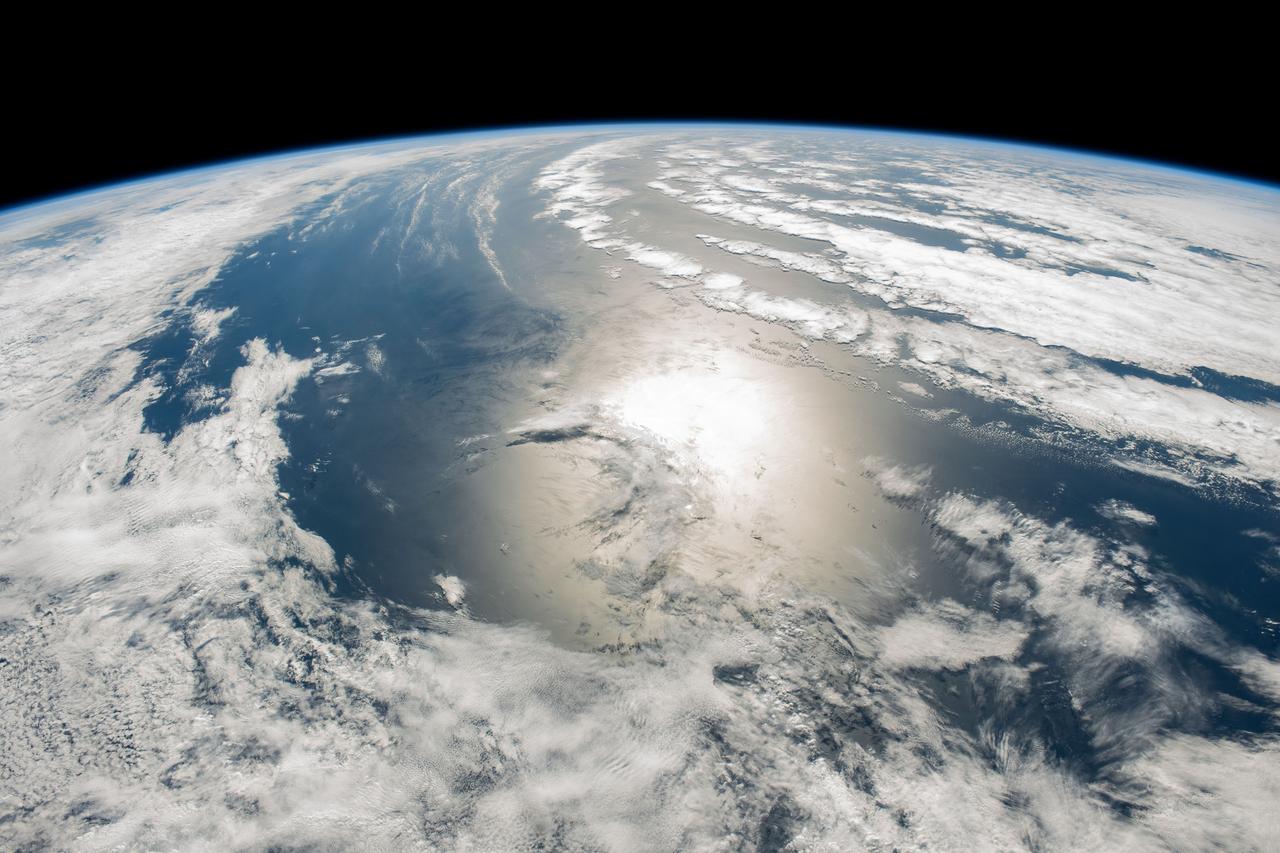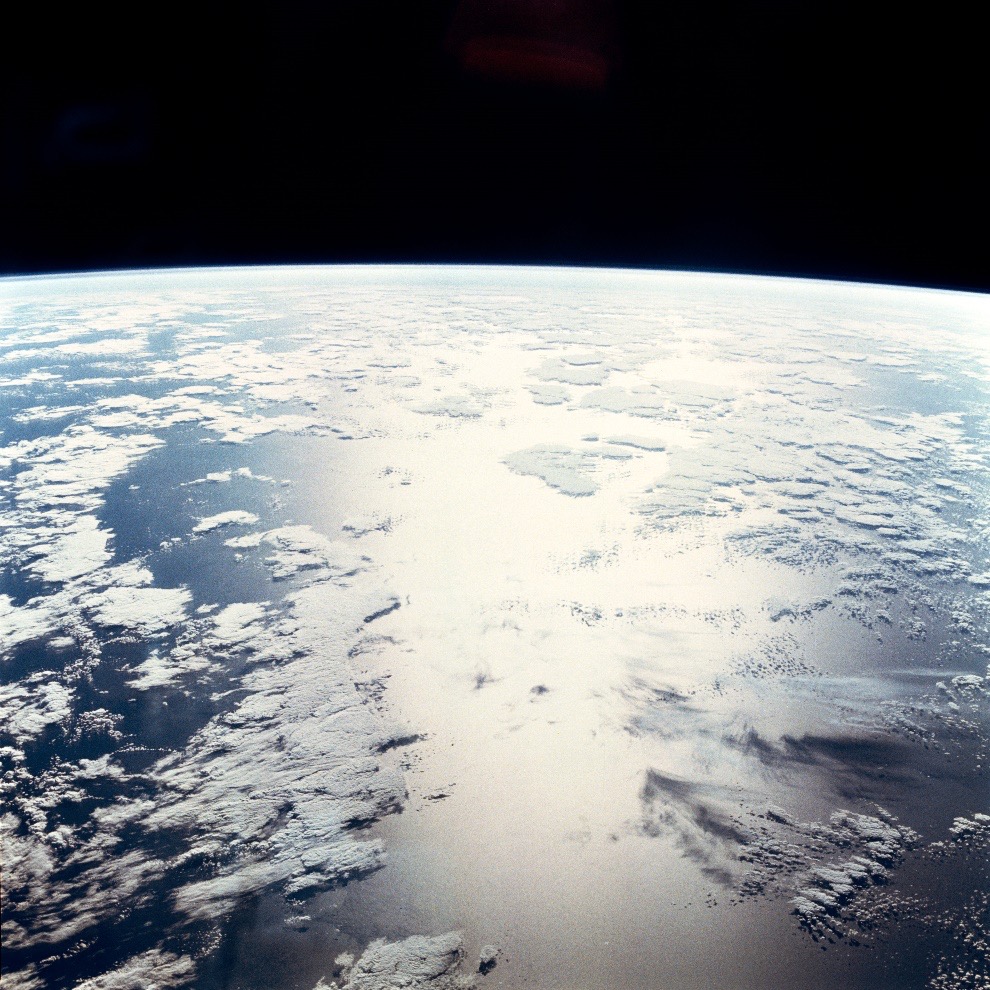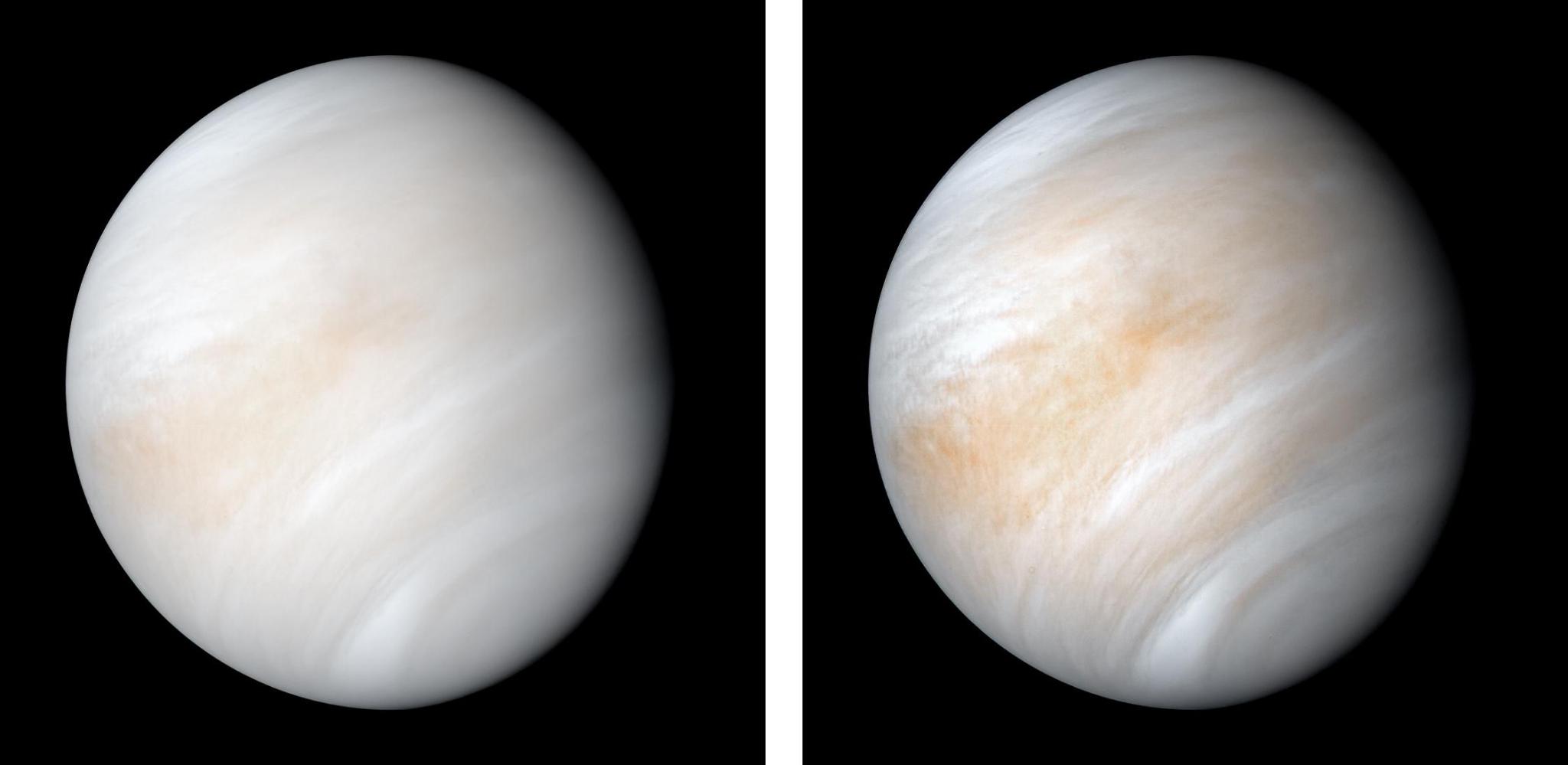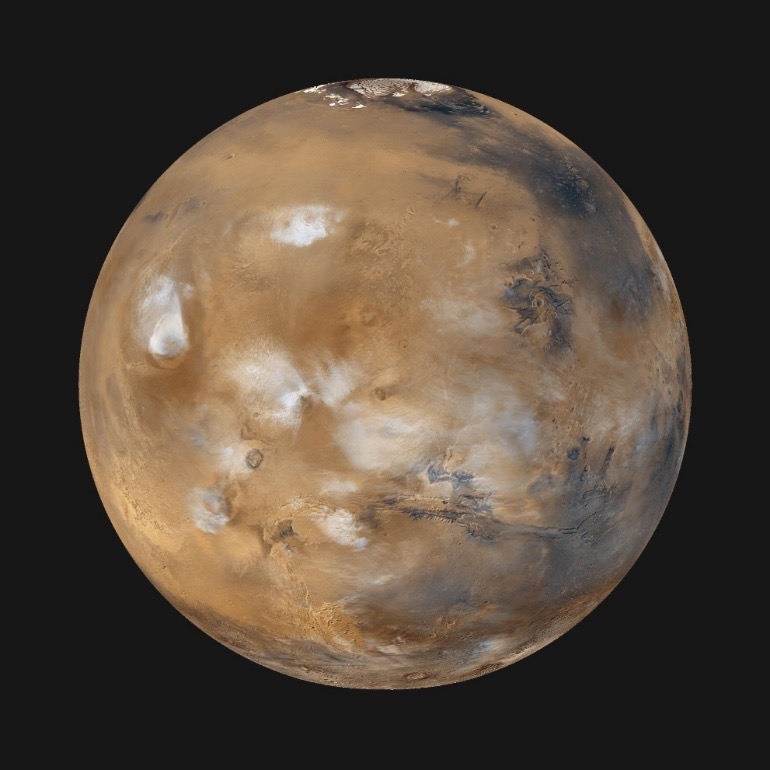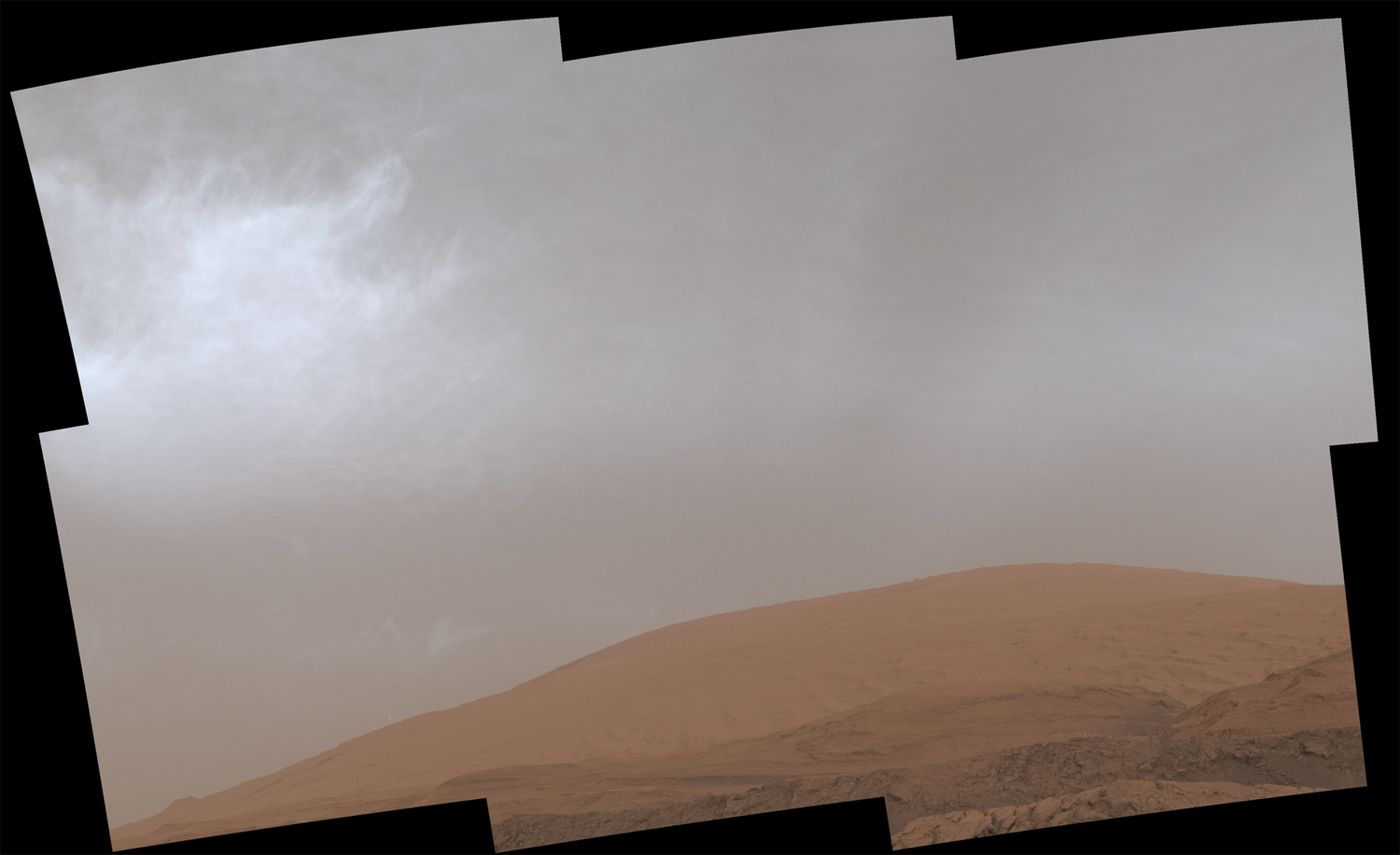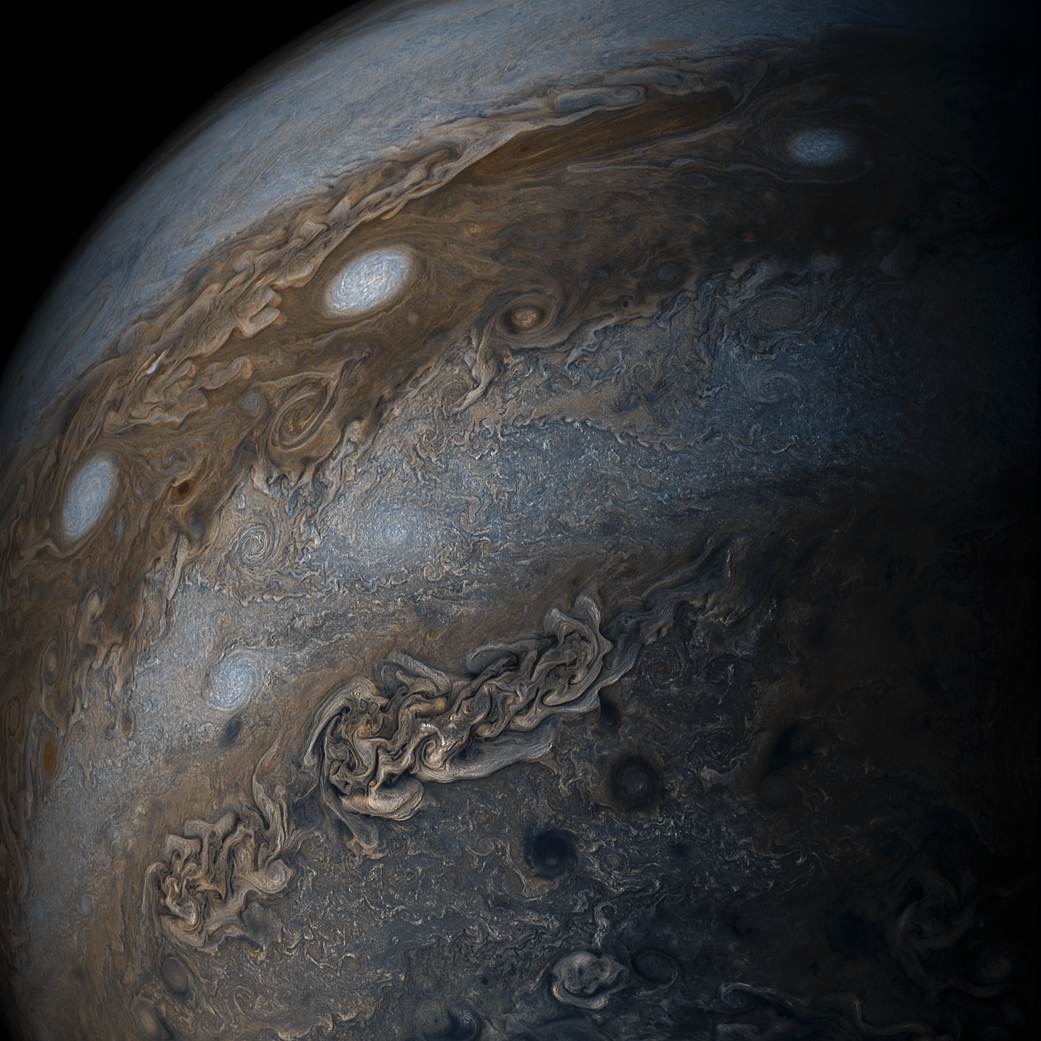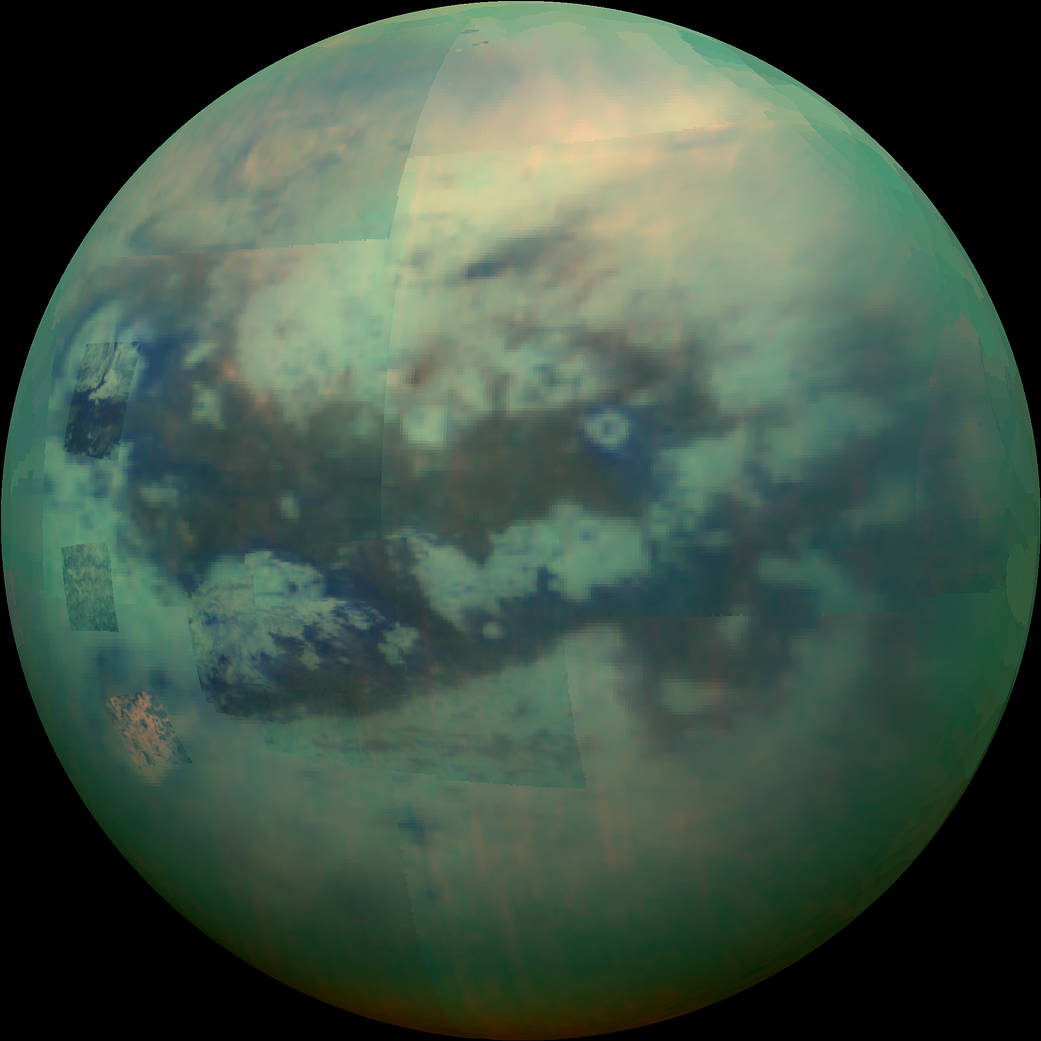Clouds on Earth
Clouds on Earth are formations in the atmosphere consisting of numerous tiny water droplets or ice crystals suspended in the air. They form when water evaporates from oceans, lakes, and rivers, turning into water vapor. As the vapor rises and cools, it condenses around microscopic particles known as aerosols, which act as cloud condensation nuclei. These condensed droplets eventually gather to form visible clouds. When droplets grow too heavy, they fall as precipitation — rain or snow — under the influence of gravity. Clouds play a crucial role in Earth’s climate by reflecting sunlight back into space, which can cool the planet, or by trapping heat and radiating it back to the surface, contributing to warming.
Clouds on Other Planets
Clouds on planets beyond Earth exhibit diverse compositions due to varying atmospheric conditions:
Venus
The planet’s thick atmosphere is dominated by clouds of sulfuric acid, covering its entire surface. These clouds reflect a significant amount of sunlight away from Venus and contribute to its extreme heat by trapping heat below them.
Mars
Clouds on Mars consist of ice crystals and carbon dioxide, observed mostly during specific seasons and in regions with significant topographical features. Water ice clouds are thin and patchy and usually observed in the winter season.
Jupiter and Saturn
These gas giants have clouds composed of different substances at various atmospheric levels. Water ice clouds form at deeper levels, while higher up, clouds are made of compounds like ammonium hydrosulfide and ammonium ice.
Titan (Saturn’s Moon)
Clouds on Titan are primarily methane-based, observed in the lower atmosphere (troposphere).
Uranus and Neptune
These ice giants also have complex cloud compositions. Near their surfaces, clouds are made of water ammonia solution and transition to water ice clouds. Higher up, clouds consist of compounds like ammonium hydrosulfide and methane ice.
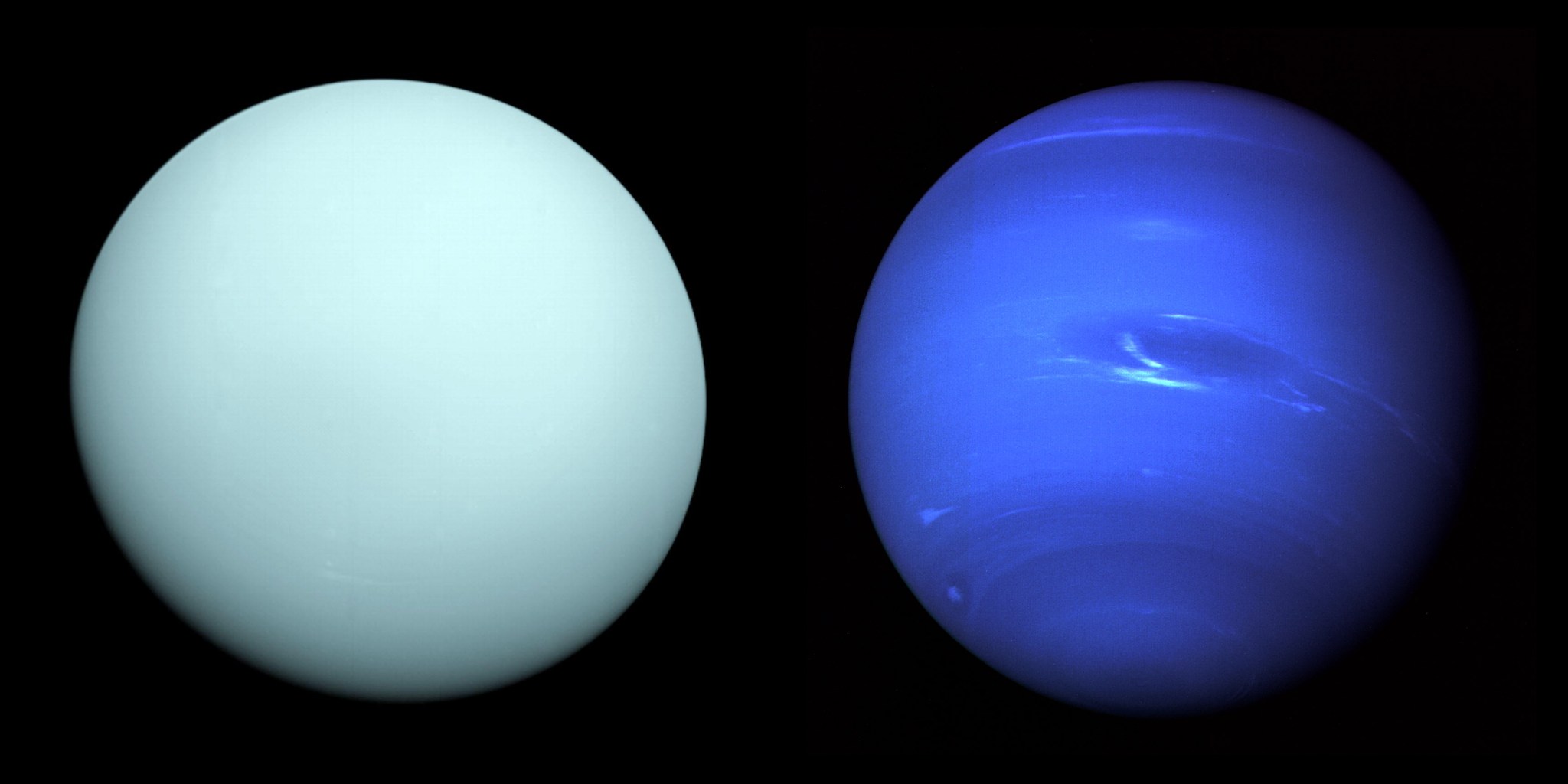
Exploring Planetary Clouds
While we have extensive knowledge of Earth’s clouds compared to other planetary atmospheres, understanding planetary clouds beyond our planet presents challenges. Limited direct measurements and remote sensing techniques make studying these clouds difficult. Several research institutions have cloud chambers to study Earth clouds. The Planetary Cloud and Aerosol Research Facility aims to explore the role of aerosols and clouds in non-Earth planetary systems.



























